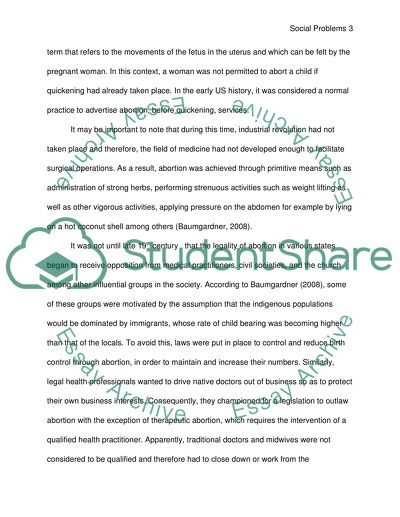Cite this document
(“Social Problems Research Paper Example | Topics and Well Written Essays - 2250 words”, n.d.)
Retrieved from https://studentshare.org/family-consumer-science/1409297-social-problems
Retrieved from https://studentshare.org/family-consumer-science/1409297-social-problems
(Social Problems Research Paper Example | Topics and Well Written Essays - 2250 Words)
https://studentshare.org/family-consumer-science/1409297-social-problems.
https://studentshare.org/family-consumer-science/1409297-social-problems.
“Social Problems Research Paper Example | Topics and Well Written Essays - 2250 Words”, n.d. https://studentshare.org/family-consumer-science/1409297-social-problems.


